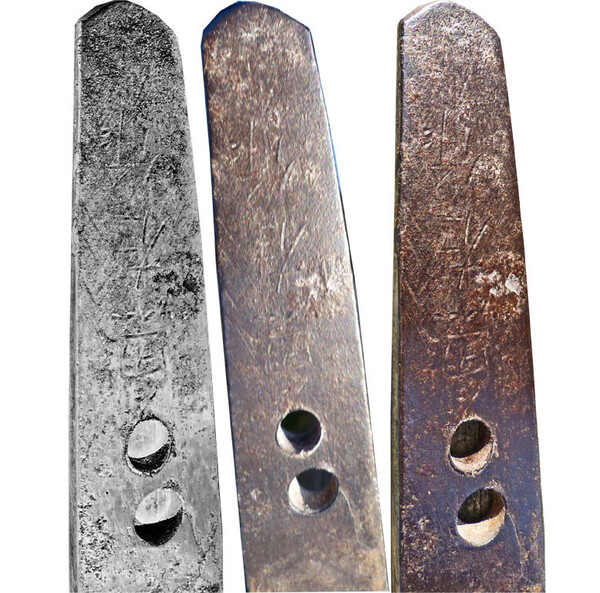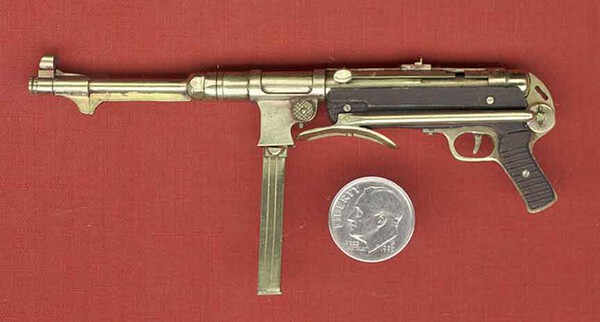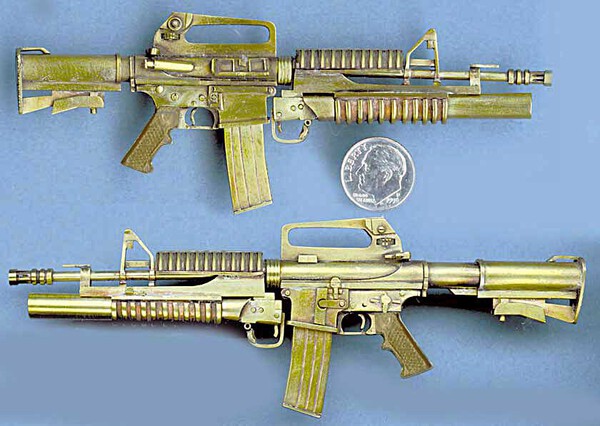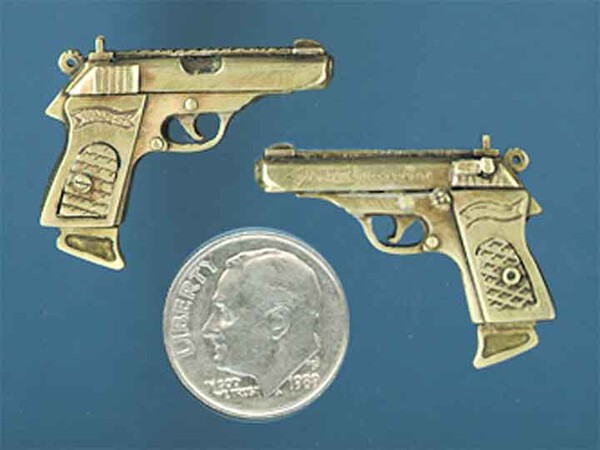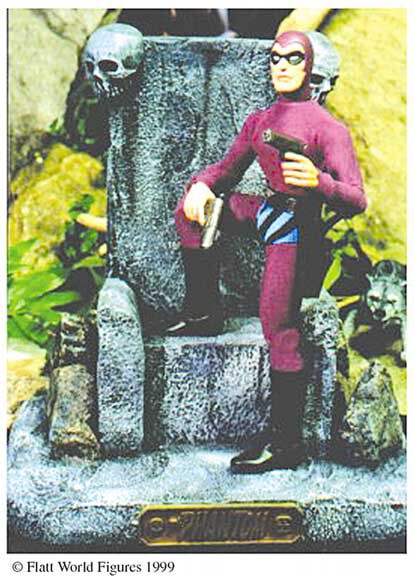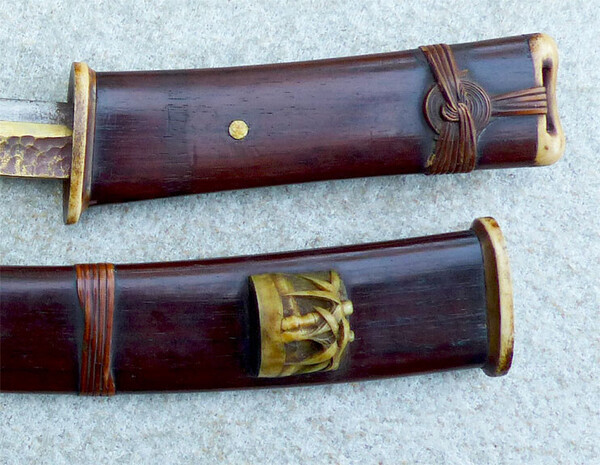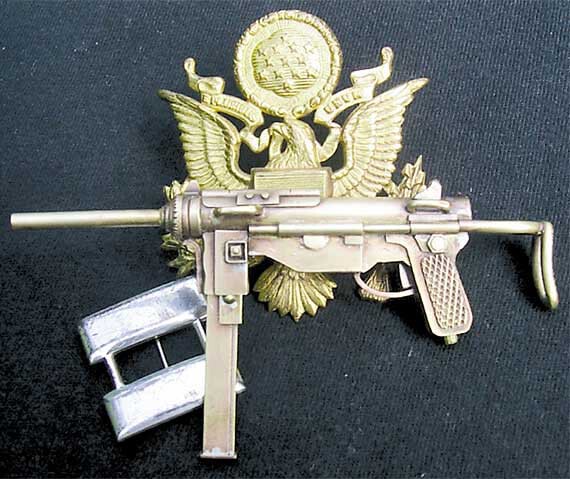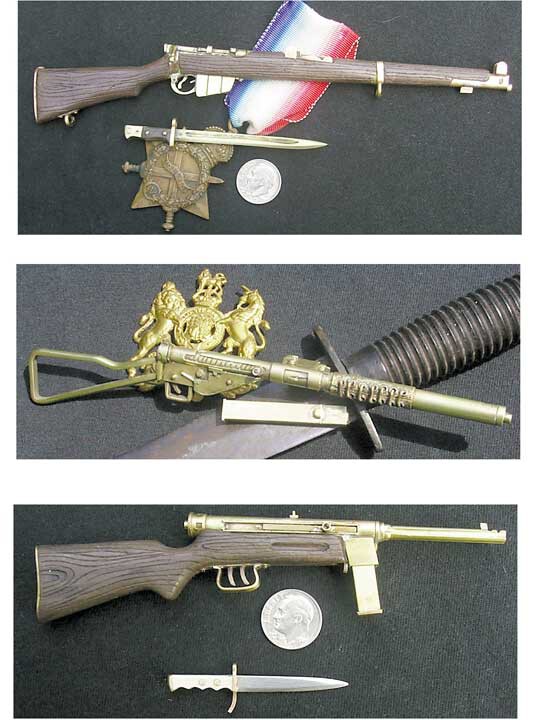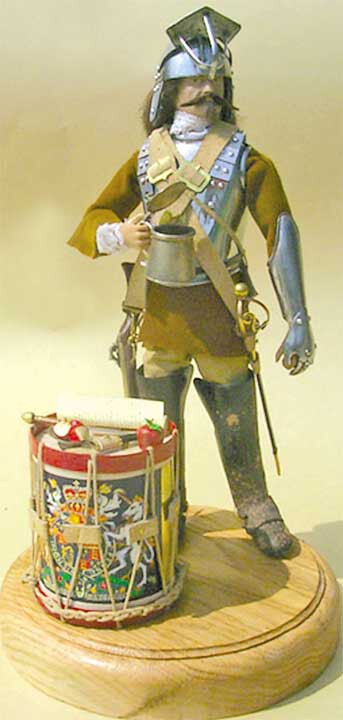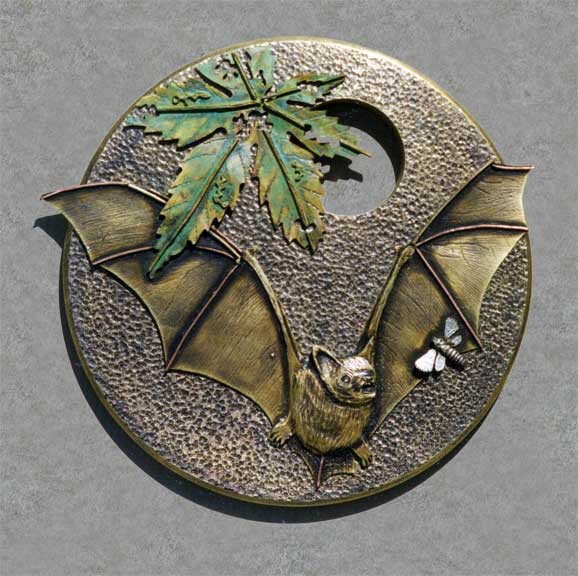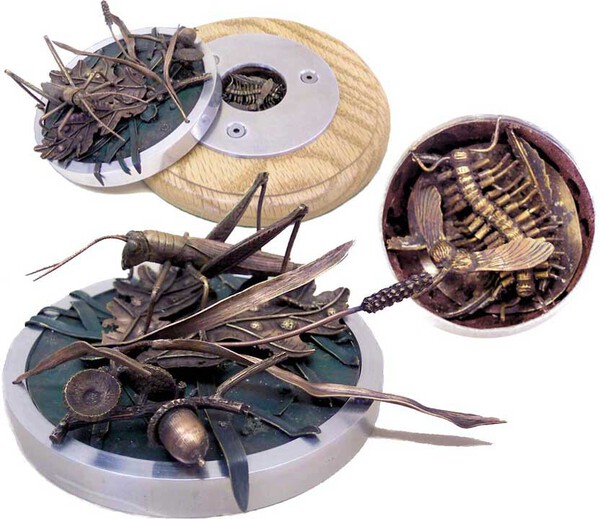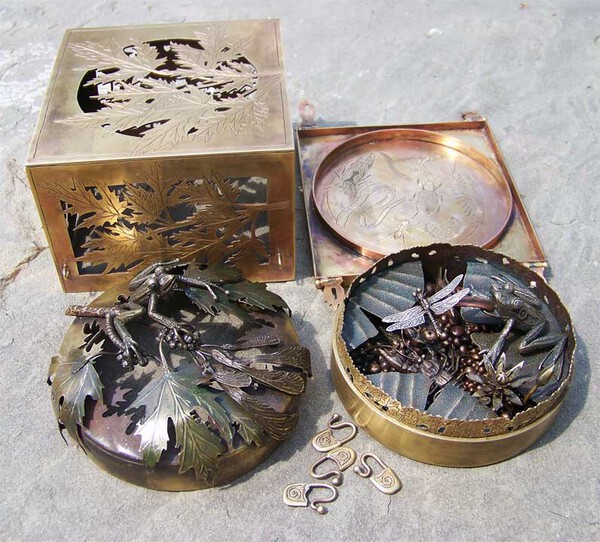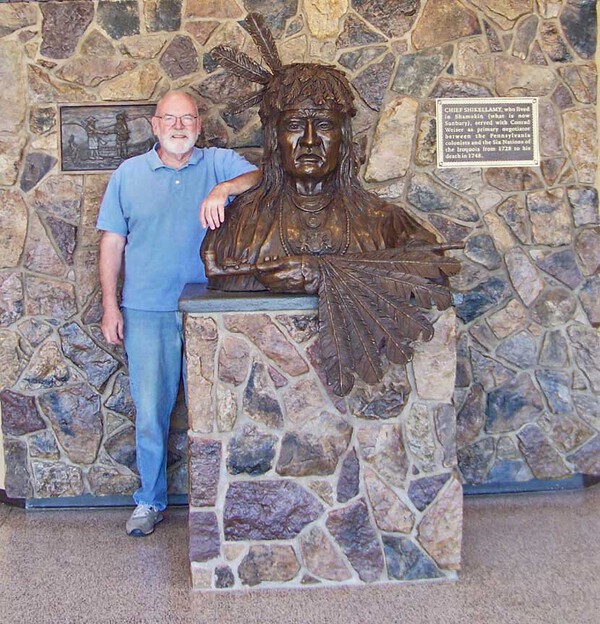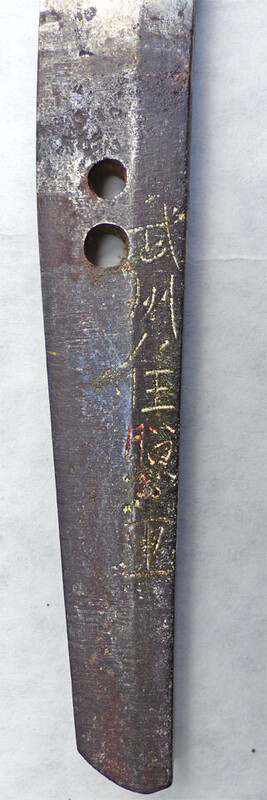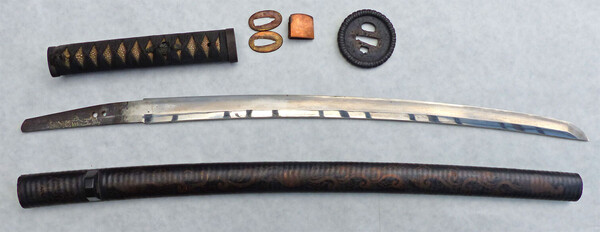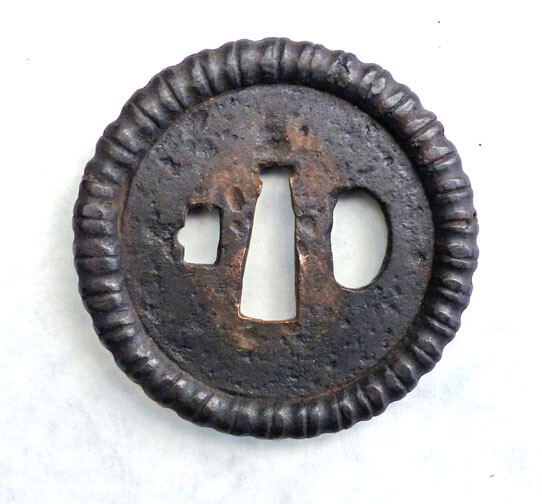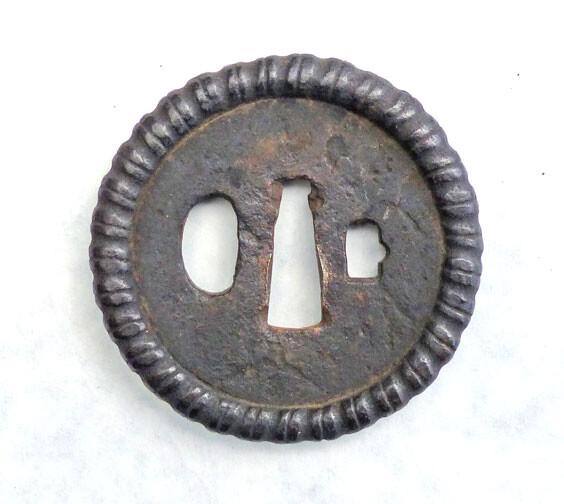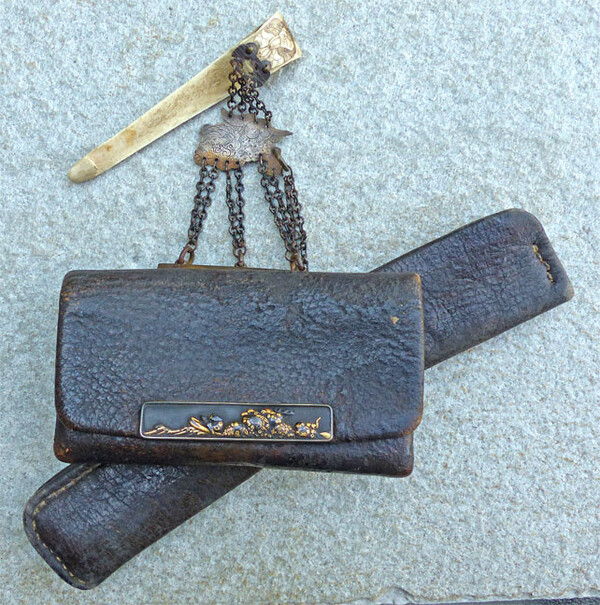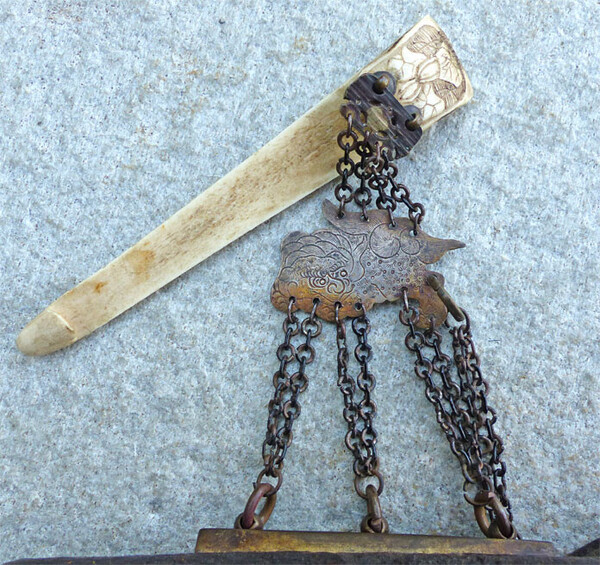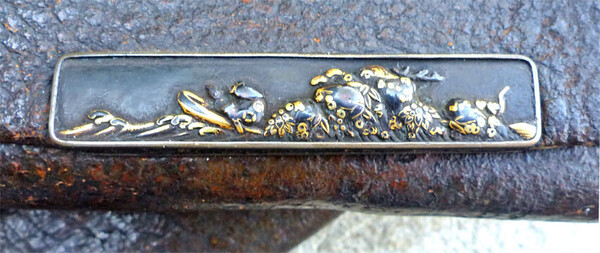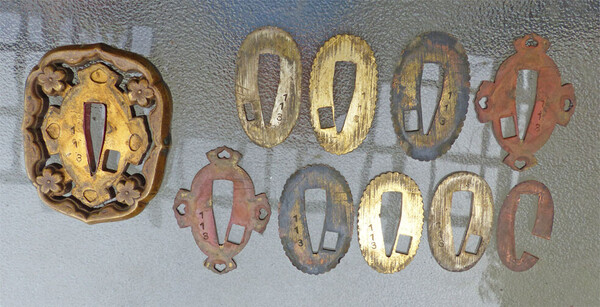
Tonkotsu
Members-
Posts
93 -
Joined
-
Last visited
-
Days Won
3
Content Type
Profiles
Forums
Events
Store
Downloads
Gallery
Everything posted by Tonkotsu
-
Here is a tanto that I have had for years that I know nothing about. I assume it has been mounted before. The tang is hard to read. I photographed it with different light sources and black and white reversed. I hope it is readable. Thank you for your help, Dick
-
I think you may have hit the nail on the head.
-
Hi JP, The Cotswold prototypes are made of different profile pieces of brass rod and different thicknesses of sheet brass. We made some of the weapons out of pewter and had them cast in the US. I had to be careful to make trigger guards and rifle barrels thicker than scale to allow for the shrinkage of the pewter when it cooled. The rifle stocks were made from epoxy clay. I also made 1/4th scale miniature weapons that actually function. I also worked for other toy companies. Here is the Phantom with his two guns.
-
Here is my Kubikiri Tanto or Nata. My guess is that it is a bonsai pruner. Considering how valuable and prized many bonsai were and are a wealthy person would spare no expense on a special pruning tool.
-
Thanks JP. It was a lot of fun making prototypes for Cotswold and it paid for my two sons to go to Penn State. Today prototypes are made with a computer. Here are a few figures and weapons I made for Cotswold. Dick
-
I joined this wonderful site a while back and never properly introduced myself. I am a sculptor who has worked as a silver and gold smith, operated a bronze casting foundry where I cast my own sculpture and competed for sculpture commissions. I also worked as a freelance artist making prototypes for the toy industry. I worked for Cotswold Collectibles making metal prototype guns, swords, armor and anything else they needed for their line of twelve-inch G.I. Joe figures. The prototypes were created by handcrafting dozens and sometimes a hundred or so individual pieces of brass that were brazed and silver soldered together to form the final object. The prototypes would then be sent to China where a pantograph machining system would create injection molds to produce the final plastic toy. I also taught art at a High School for 38 years. Now I make one-of-a-kind medals using the same techniques used to make the toy prototypes. These pieces are small intimate medallic sculptures which are a combination of many different colored and textured metals. Many of my medals are fabricated from a hundred or more individually crafted pieces of bronze, copper, silver, shakudo, white and yellow gold’s. The medallic sculptures are patinated in many different colors to reflect nature. They offer a suggestion of a biome rather than simply a replica of individual plants and animals. “I create a format of an outer composition encapsulating a hidden inner one. The subjects are a frozen moment in the natural world.” Much of the inspiration for these pieces are Japanese mixed metal sword furniture and tobacco pouch clasps. Dick
-
-
Billy, I couldn't figure what you meant by "You recently acquired" now I know. Not identical kozuka but close. Bruno, your fireflies are great.
-
-
Thank you for sharing some beautiful Bokuto and a bean pod. Dick
-
I posted a sword that was identified as Bushu ju Terushige, Shitahara smith, Shinto. A member suggested the tsuba was earlier than the sword. Could someone please tell me if the tsuba dates from the Muromachi Period? Thank you, Dick
-
From the information Mr. Singer supplied I have tried to research this sword smith and I believe this sword was made by Bushu Ju Terushige from Musashi province of the Shitahara school during the late Muromachi to early Edo period? Is this correct or am I way off base. Here are a couple of better photos of the sword. Thank you Mr. Singer for the translation
-
-
Here is a very plain Katana that I have had for years. The fuchi and kashira are horn and the tsuba is plain iron. The tang is signed. Any information on it would be very much appreciated. I hope the calligraphy can be read it's somewhat corroded. You can mostly see the straight temper line. Thank you in again. I collect mixed metal work which is straight forward but there are so many subtleties when dealing with sword blades. Its mindboggling, at least to me.
-
-
Beautiful cigarette box. I an not sure who made either kozuka.
-
The top pouch has the bamboo pipe case mounted in gold with a coral ojime. The other pouch has an interesting stag antler sashi-netsuke.
-
Beautiful!
-
Here are two kozuka that have been re-purposed as tobacco pouch clasps during the Meiji-era when craftsmen had to find a market for their skills other than sword furniture.
- 1 reply
-
- 4
-

-
Here is an example of what craftsmen did to make a living after swords were banned. This is a fine example of a Japanese teapot. The teapot is hand hammered copper with beautiful dark red patina. It is decorated with shakudo, gold and silver with silver eggplants on vines with deep dark hand engraved shakudo leaves. Gold flower buds with a gold inlaid shakudo butterfly. The top is decorated with shakudo vines and a gold flower. The interior of the teapot is lined with silver. The piece is signed Yasuchika (1670 - 1744) who was very important craftsman in Japanese metal working history. However, this teapot was produced in the Meiji-era when craftsmen had to find a market for their skills other than sword furniture. The Yasuchika family continued metalworking for 6 generations.
-
The pouch is 6 1/2" wide (165mm)
-
Bernard, Those are beautiful pipes. I also like the piece with the waves best. Here is an example of a tobacco pouch. This is Edo.
-
Bullet damaged sword captured at Guadalcanal
Tonkotsu replied to Tonkotsu's topic in Military Swords of Japan
I thought I would re-photograph this sword and I saw the blade had been mounted three times and has a two piece habaki. Dick -
Here is a Japanese ‘Bokuto’ which are imitation swords made of wood. They were worn in Japan by doctors and merchants during the 1700s and 1800s. The swords are imitation because, at this time, only Samurai warriors could carry real swords. A bokuto was often worn at night. It gave the impression of a real sword to warn off potential attackers. This sword is made of wood and is 13 ¾” (34.3cm) long.



